Occipital Lymph Nodes: Causes, Symptoms and Treatment

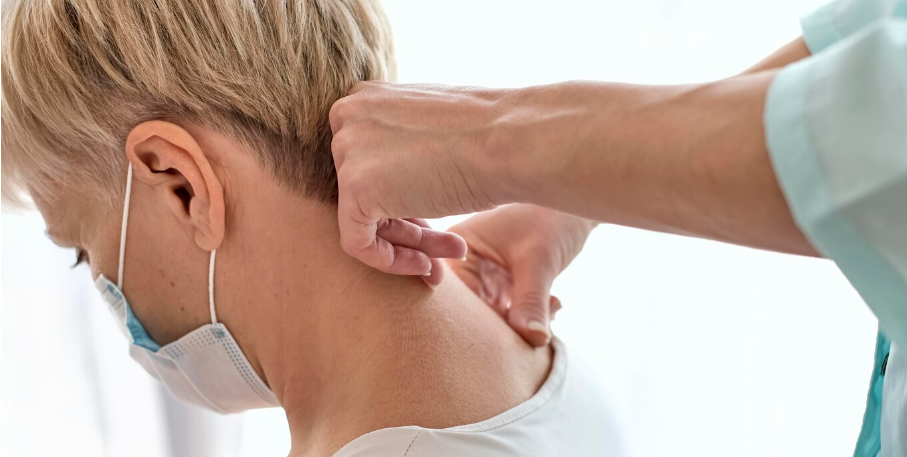
Related products
What are Occipital Lymph Nodes?
Lymph nodes are compact, bean-shaped, or oval glands inside the lymphatic system that have a crucial function in the body's immunological defence. They effectively remove germs and other harmful organisms from the body, preventing their re-entry into the circulation. Typically, individuals are not aware of their occipital lymph nodes. When they are of average dimensions, they are challenging to perceive. However, if the occipital lymph nodes are actively combating a disease or infection, they undergo enlargement. An individual has the ability to see and physically sense lymph nodes, and they elicit discomfort or sensitivity upon contact.
This article examines the factors that contribute to the enlargement of occipital lymph nodes, the appropriate time to seek medical attention, and available treatment choices.
What are the Causes of Swollen Occipital Lymph Nodes?
Occipital lymph nodes often enlarge due to an inflammatory reaction triggered by the introduction of foreign substances into the body. The superficial occipital lymph nodes serve as major sites of contact with foreign elements, initiating immune responses to resist them.
The inflammation in the region is a component of the immune system's defensive mechanism that works to inhibit the progression of the illness. Inflamed lymph nodes provide enhanced blood circulation to the diseased or wounded region, enabling white blood cells (the body's defence mechanism) to more efficiently protect the body.

This phenomenon is effective because it increases blood circulation to a specific region, increasing blood vessel permeability. Consequently, a greater number of white blood cells are able to escape the capillaries and engage in combating illnesses.
Various medical problems lead to enlargement of the occipital lymph nodes such as,
1. Bacterial infections
Occipital lymph nodes become enlarged due to local bacterial infections, such as those in the throat or adjacent skin.
This condition is caused by impetigo of the scalp, a common bacterial infection. It entails the presence of red ulcers that rupture and form a crust. Medications effectively treat impetigo, reducing the risk of disease spread.
Cat scratch illness is a medical condition that causes lymph nodes in the occipital region to enlarge. This occurs when a feline scratches and transmits the bacterium Bartonella henselae from its saliva to the wound, resulting in an infection.
Typically, this disease resolves spontaneously, or a medical practitioner prescribes antibiotics. Occasionally, the illness escalates in severity.
2. Rubella
Rubella is an infectious viral disease. While it resembles measles, this condition is typically less severe and less contagious.
Rubella causes enlarged occipital lymph nodes, among other symptoms.
- A rosy rash that extends from the face to the trunk, arms, and legs.
- Obstruction of the nasal passages
- Ocular inflammation and erythema
- Cephalalgia and arthralgia
- Pyrexia typically occurs at temperatures below 102°F (38.9°C).
If a pregnant woman suspects she has rubella, it is crucial for her to promptly see a doctor, as rubella has severe health implications for the developing foetus. Typically, most individuals recover by getting plenty of rest and using over-the-counter painkillers.
Most children worldwide receive the measles-mumps-rubella (MMR) vaccination before starting school. Administering the vaccination is the most effective method to avoid contracting rubella.
3. Mononucleosis
This infectious disease is known as mononucleosis. It induces symptoms that last for several weeks. The Epstein-Barr virus often causes this condition. The main course of treatment is adequate rest and hydration, since mononucleosis ultimately resolves spontaneously.
A prevalent sign is the enlargement of lymph nodes, particularly in the neck, armpits, or groin. Additionally, it induces inflammation in the occipital lymph nodes.
Additional mononucleosis symptoms include:
- High body temperature
- Headache and muscular soreness
- Pharyngitis and enlarged tonsils
- tiredness
- dermatitis
- A loss of appetite
Typically, mononucleosis is not a severe condition. However, it sometimes leads to complications such as hepatic problems or splenomegaly; hence, it is advisable to see a healthcare expert for further evaluation.
Saliva spreads mononucleosis, so it's best to avoid sharing food or drinks, as well as covering coughs and sneezes when you're sick.
4. Lymphoma
Infrequently, enlarged lymph nodes located in the cervical region are indicative of a malignancy known as lymphoma. Lymph nodes in other regions frequently experience swelling in lymphoma cases, but this swelling typically occurs without accompanying discomfort.
Although the precise cause of lymphoma is unknown, it develops when lymphocytes, a type of white blood cell, undergo mutations and begin to replicate more quickly than usual.
The mutation leads to an extended lifespan for these cells, causing their accumulation in the lymph nodes and swelling.
Besides inducing lymph node enlargement, lymphoma also leads to:
- Pyrexia and rigor.
- Having difficulty breathing and coughing
- Excessive perspiration throughout the night.
- Reducing body mass
- Exhaustion and debility
- chest pain
Lymphoma affects people of all ages. The stage of cancer at the time of diagnosis and the specific subtype of lymphoma largely determines the choice of treatment.
If an individual experiences a combination of the aforementioned symptoms that persists for several weeks or more, they should consult with their healthcare provider.

5. Melanoma
Melanoma is a kind of cutaneous malignancy. Similar to lymphoma, bacterial or viral infections are considerably more probable causes of enlargement in the occipital lymph nodes.
Approximately 10 to 15 percent of melanoma cases manifest in the head and neck region. The scalp, back of the head, and cheek are the most common locations.
Nodular melanoma is the prevailing form of melanoma that affects the head and neck region. These tumours often exhibit a blue or black hue on the skin, but they appear to be the same colour as the surrounding skin. Additionally, they have the potential to undergo rapid growth.
Medical practitioners often use surgical procedures to excise melanoma from the dermis.
6. Autoimmune conditions
Autoimmune illnesses are sometimes associated with swollen lymph nodes and may be the underlying cause of swollen occipital lymph nodes.
Autoimmune illnesses occur when the immune system erroneously targets the body's cells, mistaking them for outside invaders.
The aforementioned circumstances encompass:
- SLE (systemic lupus erythematosus)
- Rheumatoid arthritis
- Sarcoidosis
- Eosinophilic granulomatosis with polyangiitis (known as Churg-Strauss disease)
7. Head lice
Head lice are small parasites that infect human hair and feed by biting the scalp. Head lice are very contagious and often transmitted via direct hair-to-hair contact.
Individuals who get head lice have a pronounced sensation of itchiness on their scalp. Prolonged and intense scratching causes open wounds and a bacterial infection, ultimately leading to lymph node enlargement.
To ascertain the presence of lice, one must visually inspect the hair and scalp for minuscule insects or their eggs, known as nits. Their appearance is often near the ears and neck. Lice exhibits a spectrum of colours, ranging from a pale tan shade to a deep black hue.
The majority of lice cases have a positive response to over-the-counter treatments. A physician provides knowledge about secure and efficient therapy alternatives.
What are the Symptoms of Swollen Occipital Lymph Nodes?
Symptoms of swollen occipital lymph nodes, which are located on the back of the head near the base of the skull, can present differently. These include:
- Swelling or Lumps: Swelling, possibly over the anatomy's region or lumps, is palpated in the occipital region.
- Tenderness: The tissue surrounding the swollen lymph nodes is painful to touch.
- Headache: A type of pain or pressure in the head that causes swelling.
- Touch: The skin covering the enlarged nodes is warmer than the surrounding tissues.
- Redness: The tissue overlying the swollen nodes appears red.
- Fever: Often, when there are swollen lymph nodes, especially if caused by an infection or inflammation, the person will have a fever.
- Malaise: A condition of prolonged sluggishness and dullness.
What are the Possible Complications of Occipital Lymph Nodes?
Possible complications of enlarged occipital lymph nodes include infection dissemination or abscess formation. Failure to get treatment exacerbates the root cause of the oedema, resulting in additional problems. It is crucial to promptly seek medical assistance if a person sees an enduring or deteriorating enlargement of the lymph nodes.
How to Make a Diagnosis out of Occipital Lymph Nodes?
If an individual has enlarged occipital lymph nodes associated with a cold, it is generally not a cause for concern, as the vast majority of cases of enlarged lymph nodes are not due to a serious illness.
However, if someone has enlarged lymph nodes and is unsure of the underlying cause, if the swelling has persisted for more than a few weeks, or if there is swelling in multiple areas of the body, it is advisable to seek medical attention from a healthcare specialist.
A physician must determine the likely cause of a patient's enlarged occipital lymph nodes.
-
Medical History
The doctor asks questions regarding the onset and duration of occipital lymph node enlargement and any other concomitant symptoms or signs.
-
Full physical examination
The doctor can feel these nodes near the skin's surface with his fingers to assess their size, tenderness, heat, consistency, and texture. This helps to reveal the underlying cause, depending on where the enlarged lymph nodes are located and associated features.
-
Blood Tests
We use specific blood tests to verify or rule out any suspected underlying medical issues. The particular diagnostic examinations vary depending on the suspected aetiology, but most certainly include a comprehensive analysis of blood components, known as a complete blood count (CBC). This test serves to assess general well-being and identify various conditions, such as infections and leukaemia.
-
Diagnostic imaging investigations.
Performing a chest X-ray or computerised tomography (CT) scan of the afflicted region assists in identifying possible sources of infection or detecting tumours. The process entails extracting a tissue sample from a lymph node for diagnosis. The doctor recommends a biopsy to confirm the diagnosis. The doctor extracts a sample from an occipital lymph node, or possibly the entire lymph node, for microscopic analysis.

What are the Treatment options for the Management of Occipital Lymph Nodes?
The treatment for swollen occipital lymph nodes varies depending on the cause. Enlisted below are the treatment options commonly used for the management of occipital lymph nodes and its related underlying causes or complications.
1. Antibiotics.
A physician prescribes these medications to treat a bacterial illness, such as impetigo. Antibiotics provide broad protection against group A streptococcal species and S. aureus. Acceptable outpatient treatment options consist of penicillinase-resistant synthetic penicillin or a first-generation cephalosporin. Appropriate treatment options for patients who need hospitalisation include a second- or third-generation cephalosporin (such as cefuroxime or ceftriaxone) or a synthetic penicillin that is resistant to penicillinase. It is advisable to explore using alternate antimicrobial drugs, such as clindamycin or TMP-SMZ, in regions of the nation where there is a high incidence of methicillin-resistant S. aureus (MRSA).
2. Antifungal medication
These drugs cure fungal infections such as ringworm. They help eliminate the fungal infection and reduce the inflammation of the occipital lymph nodes. Treatments include topical antifungal ointments or creams, as well as antifungal pills for more severe or comprehensive infections.
3. Immunotherapy
If an autoimmune response causes the swelling, a doctor may offer immunologic therapy or glucocorticoids as a recommendation. Immunotherapy is a special drug that controls the immune system. Some examples of monoclonal antibodies, immune checkpoint inhibitors, and cytokine inhibitors block the excess activity of the immune response that causes the occipital lymph nodes to swell.
Glucocorticoids: Prednisone or dexamethasone is a medication that reduces inflammation and suppresses immune function. These can reduce occipital lymph node inflammation by blocking the auto-immune response.
4. Cancer treatment
If the swelling is caused by cancer, such as melanoma or lymphoma, then a full treatment plan is prescribed. This includes the surgical removal of tumours or infected lymph nodes, as well as radiation therapy that uses high-energy rays to target and kill cancer cells. Saga chemotherapy uses cytotoxic medicine to kill the malignant cells. The type of cancer, its advanced stage, and its location determine the treatment. Sometimes, the best results come from a multi-modal approach utilising surgery, radiation, and chemotherapy.
5. Palliative care
The mainstay of therapy for viral diseases like mononucleosis and rubella is supportive care; therefore, doctors rarely prescribe antiviral medications. This goal is to relieve symptoms, and measures include acetaminophen or ibuprofen for fever and pain and warm saltwater gargles to alleviate sore throats. In addition to getting a sufficient amount of sleep and drinking at least 8 cups of water a day, make sure to follow a healthy diet to get enough nutrients, as inadequate food consumption will make the symptoms more difficult to control and alleviate.
What are some of the ways to Prevent further Enlargement of the Occipital Lymph Nodes?
For individuals dealing with the issue of enlarged occipital nodes, prevention would involve the following actions:
- Encouraging proper hygiene
- Ensuring frequent hand washing
- Avoiding direct contact with ill individuals
- Observing the mouth and nose as the right cough and sneeze come in
Finally, identifying triggers that are likely to cause swollen nodes in individuals susceptible to inflammation would be beneficial.
People Also Ask
How can you tell if an occipital node is due to an underlying infection?
A swollen occipital node that has infectious aetiology presents with several signs and symptoms such as tenderness over the swollen node, pain on touching it, fever and malaise. The skin over the swollen occipital node also appears red and warm, an important indicator of inflammation. Moreover, other local signs will also be present such as infection in the scalp or neck region, sores, rashes or insect bites in the regions that are drained by the occipital lymph nodes. Individuals experiencing such symptoms must consult with a healthcare professional to seek medical attention and determine the underlying cause of the swollen occipital lymph nodes that could be infectious, autoimmune condition, cancers or insect bites.
How long does it take for a swollen occipital lymph node to heal?
The time taken by a swollen occipital lymph node to heal varies and depends mainly on the underlying cause. If the swollen node is due to an underlying mild infection or common cold, then the occipital lymph node will heal and get back to its normal size within a few days of resolution of inflammation. However, if the occipital lymph node is enlarged due to severe underlying cause such as Mononucleosis or Cat Scratch disease, then it may take several weeks for the nodes to heal and get back to the normal size and function. Chronic health causes of swollen occipital lymph nodes such as autoimmune conditions or certain cancers persist for a long time, and so does the involved nodes. In chronic conditions, the swollen occipital lymph nodes remain enlarged for a prolonged period and resolves only with complete resolution of the chronic health condition. Individuals experiencing enlarged occipital lymph nodes must consult with a healthcare professional to understand root causes and get prompt medical attention to treat the symptoms.
Conclusion
Occipital lymph nodes are compact, bean-shaped, or oval glands inside the lymphatic system that have a crucial function in the body's immunological defence. If the occipital lymph nodes are actively combating a disease or infection, they undergo enlargement and can be perceived easily by examining. The superficial occipital lymph nodes serve as major sites of contact with foreign elements, initiating immune responses to resist them.
Occipital lymph nodes become enlarged due to local bacterial infections, such as those in the throat or adjacent skin. Cat scratch illness is a medical condition that causes lymph nodes in the occipital region to enlarge due to infection by Bartonella bacterium. A prevalent sign of mononucleosis is the enlargement of lymph nodes, particularly in the neck, armpits, or groin. Autoimmune illnesses are sometimes associated with swollen lymph nodes and may be the underlying cause of swollen occipital lymph nodes.
Symptoms of enlarged occipital lymph nodes include palpable nodes in the occipital region, tenderness, headache, redness, general body malaise and fever. Occipital lymph nodes can be diagnosed through a series of steps taken by healthcare experts, including medical history, physical examination, blood tests and radiographic imaging. The treatment for swollen occipital lymph nodes varies depending on the cause. Most common treatment options include broad spectrum antibiotics or antifungals for infectious cause, immunotherapy for autoimmune conditions, chemotherapy for radiotherapy for cancers and palliative care for intractable health causes and conditions.



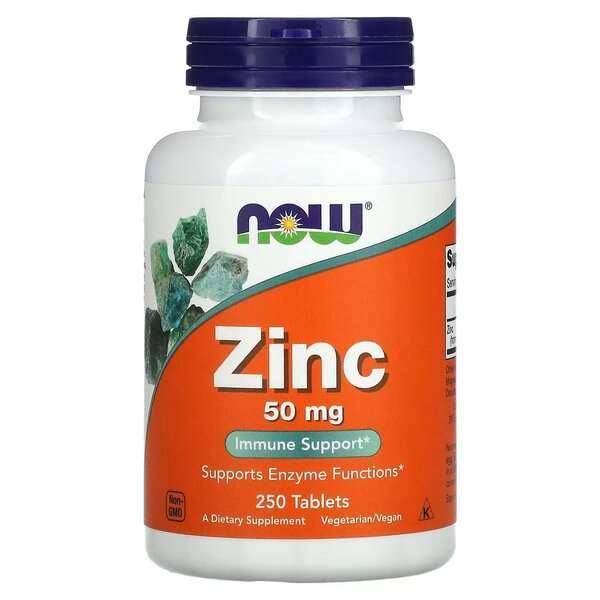




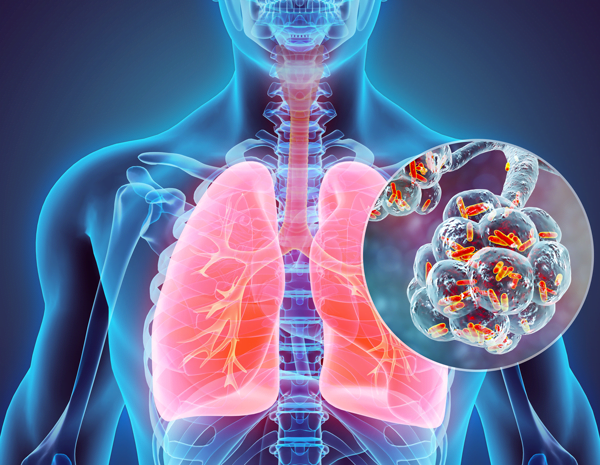
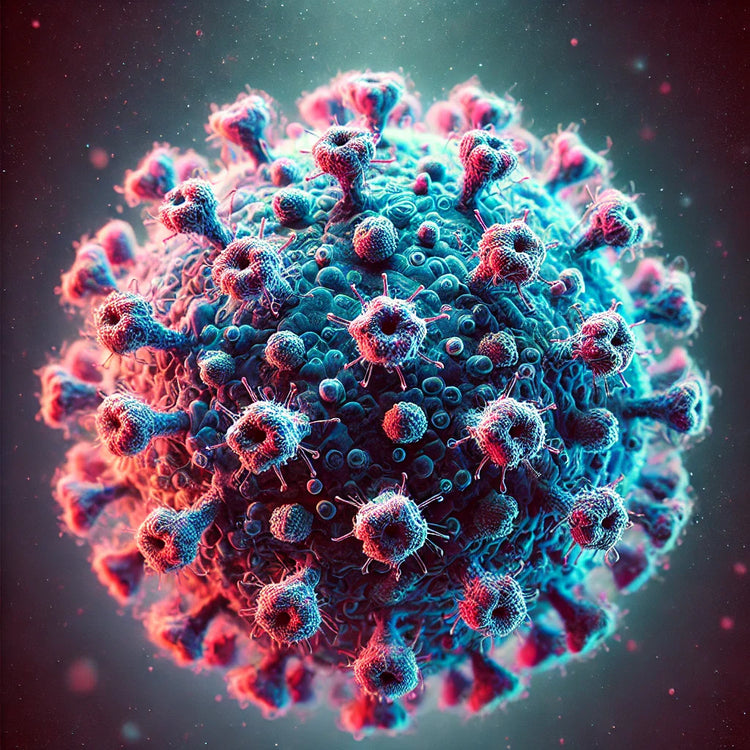
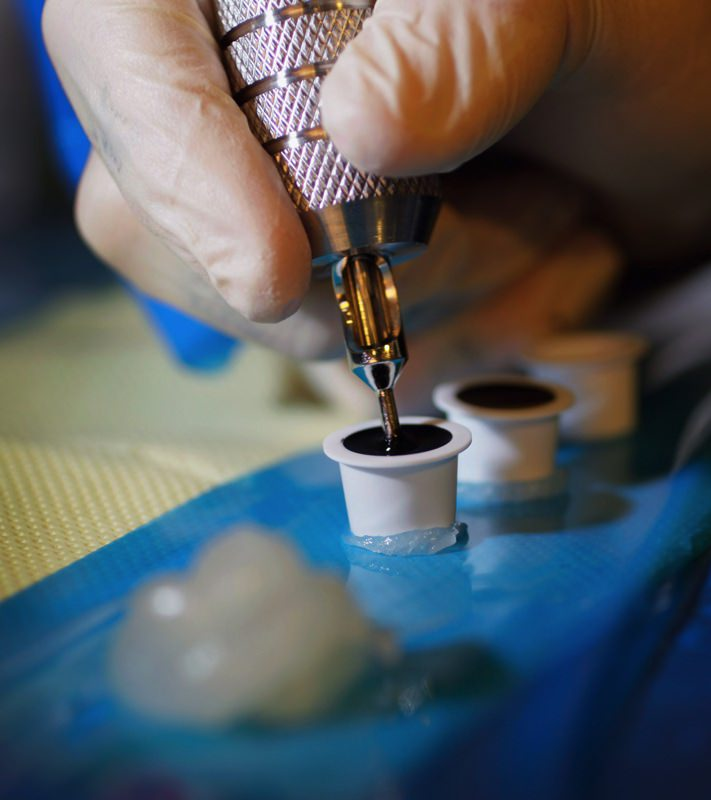
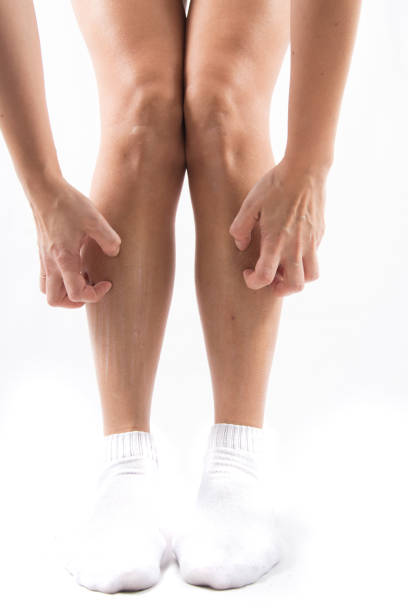


 Rated Excellent by 26,523+ Reviews
Rated Excellent by 26,523+ Reviews